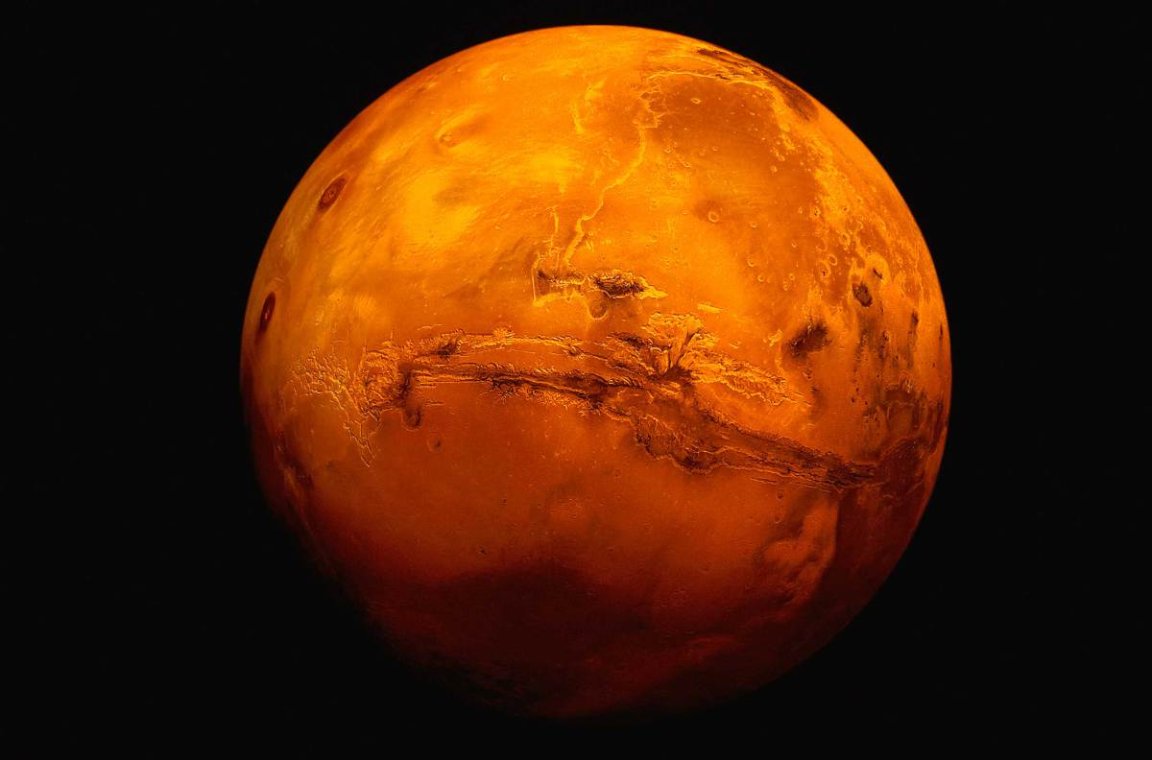
The Mysterious Red Planet
For years scientists have been studying Mars, the closest and thus most observable locale available, for signs of supporting life in the past. Life necessitates water. So finding traces of water on a planet would mean it could very likely support life. It has been known that there is some ice and water vapor on Mars. Yet, despite much research, there have not been conclusive findings that liquid water exists or ‘recently’ existed on Mars. That is until now.
Water Down the Crater
An international team of researchers have discovered that flowing water must have been on Mars much more recently than previously posited—in the past million years. By studying mud flows on Earth, researchers were able to trace similar flows in a crater on Mars. They determined the crater formed from an impact one million years ago. So the downward sliding mud flow happened after that point. How was there a watery mud slide on Mars? Researchers claim that it was because the planet was at a certain tilt towards the sun. Various measures in how a planet moves contribute to the planet’s climate, and axial tilt dictates how much of the planet receives the sun’s light. Earth has had a functionally constant tilt at a spin axis of 23.5 degrees. This gives us our relatively moderate (and thus livable!) climate. Mars has more volatile fluctuations in its tilt (owing mostly to the fact it does not have a moon to stabilize its motion) so it has more extreme conditions.
Watch the Tilt
Mars’ current tilt puts it in a glacial stage. This research suggests it wasn’t always and ostensibly won’t always be in such a frigidity-inducing orientation. So is having water on Mars a matter of change of tilt? Did water, and life, ever exist on Mars long ago when it had the ‘right’ tilt? If it actually existed, did the early life find its way to Earth?
Results of researching one set of questions usually leads to a different set of questions. This intriguing research will no doubt lead to more intriguing research. All of these findings tell us a bit of what we need to see a bigger and bigger picture. With the work of researchers like this, our enigmatic neighbor could reveal more about our own origins and possibility of extraterrestrial life.
Sources: The Conversation, Nature
Images: Blastr, Nature
